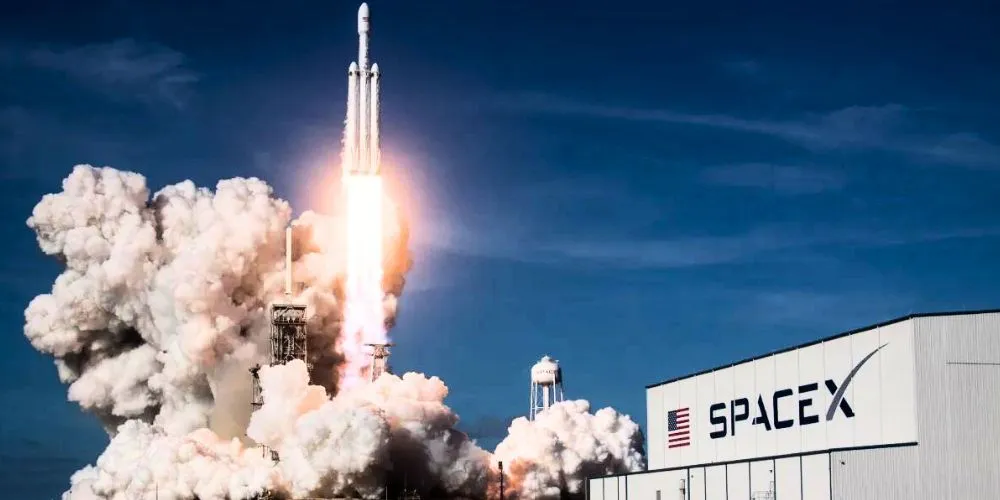Key Points
- Starship completed its longest and farthest test flight to date. The booster stage lost contact before a planned ocean splashdown.
- Starship reached space but lost attitude control before re-entry. The payload doors failed to open, preventing the satellite from being released.
- The flight followed two prior failures and FAA regulatory delays.
- Musk remains committed to using Starship for missions to the Moon and Mars.
SpaceX’s Starship rocket system, central to Elon Musk’s vision of interplanetary travel, launched successfully from the company’s Starbase facility in Texas on Tuesday evening. This ninth uncrewed test flight marks the most advanced attempt yet, as it flies farther than its two previous missions, which ended in explosions.
Lifting off at 7:36 p.m. EDT, the massive two-stage vehicle—comprising the upper-stage Starship atop a Super Heavy booster—rose powerfully on its Raptor engines. It was the first flight to use a previously flown Super Heavy booster, highlighting SpaceX’s push for full rocket reusability.
As planned, the booster separated several minutes into the flight, but contact was lost during its return to Earth. The vehicle likely missed its target splashdown and fell into the ocean. Meanwhile, Starship reached suborbital space but experienced issues mid-flight. Its payload doors failed to open, preventing the deployment of mock satellites, and SpaceX later reported a loss of attitude control. This left the vehicle spinning as it prepared for re-entry, casting doubt on a safe splashdown in the Indian Ocean.
This test followed nearly two months of delays due to a Federal Aviation Administration (FAA) investigation into previous Starship failures. Debris from earlier launches had disrupted air travel and triggered tighter regulatory scrutiny. Tuesday’s flight saw expanded safety zones as a precaution.
Despite recent test setbacks, this latest flight achieved milestones in duration and distance. Musk hopes Starship will eventually carry cargo and humans to the Moon and Mars, replacing the current Falcon 9 rocket for regular orbital missions.
Musk was expected to give a post-flight update at Starbase, outlining new plans for Starship and reaffirming his commitment to making life multi-planetary. As the centerpiece of NASA’s Artemis program and future Mars missions, Starship remains vital to U.S. space ambitions, with strong political support from former President Donald Trump.










